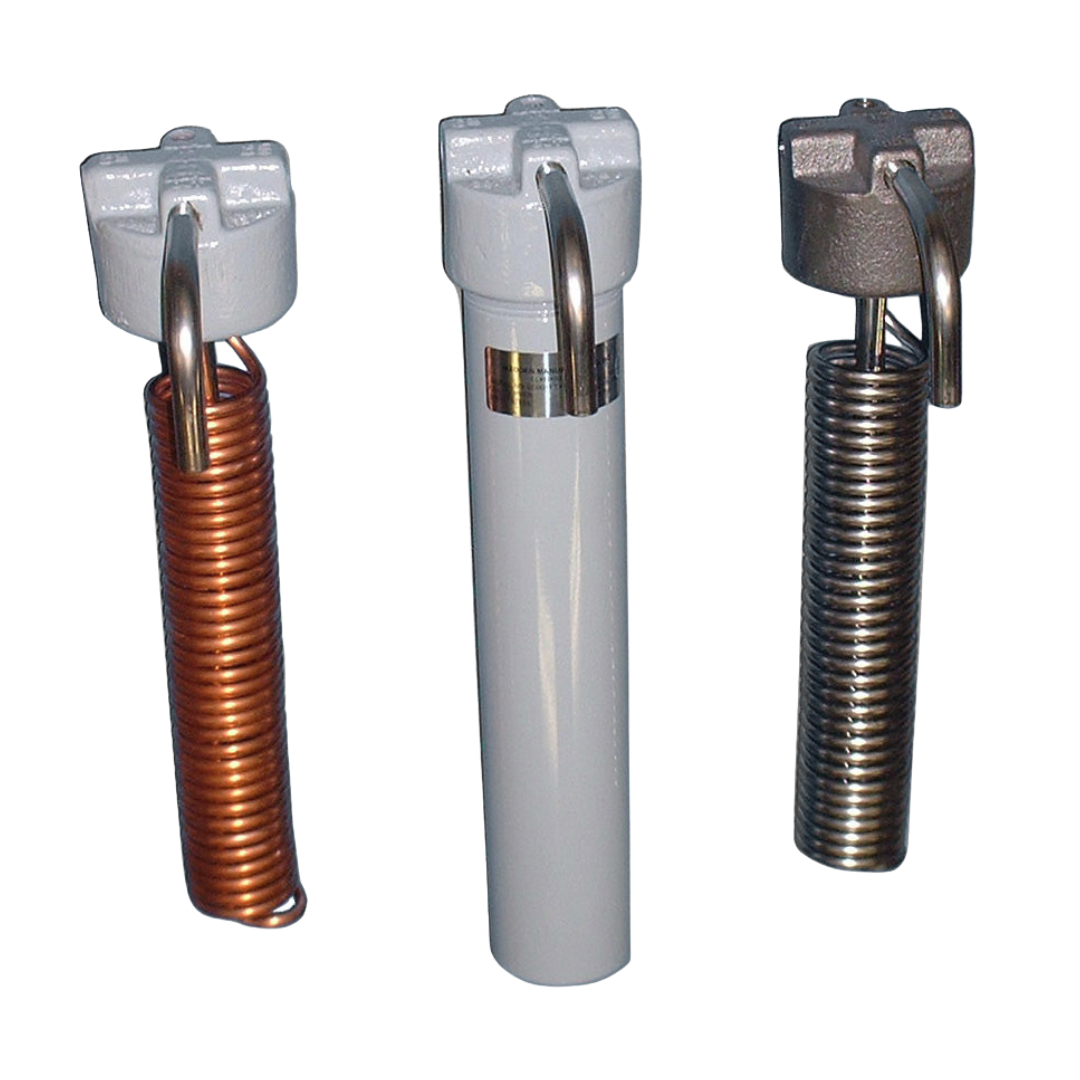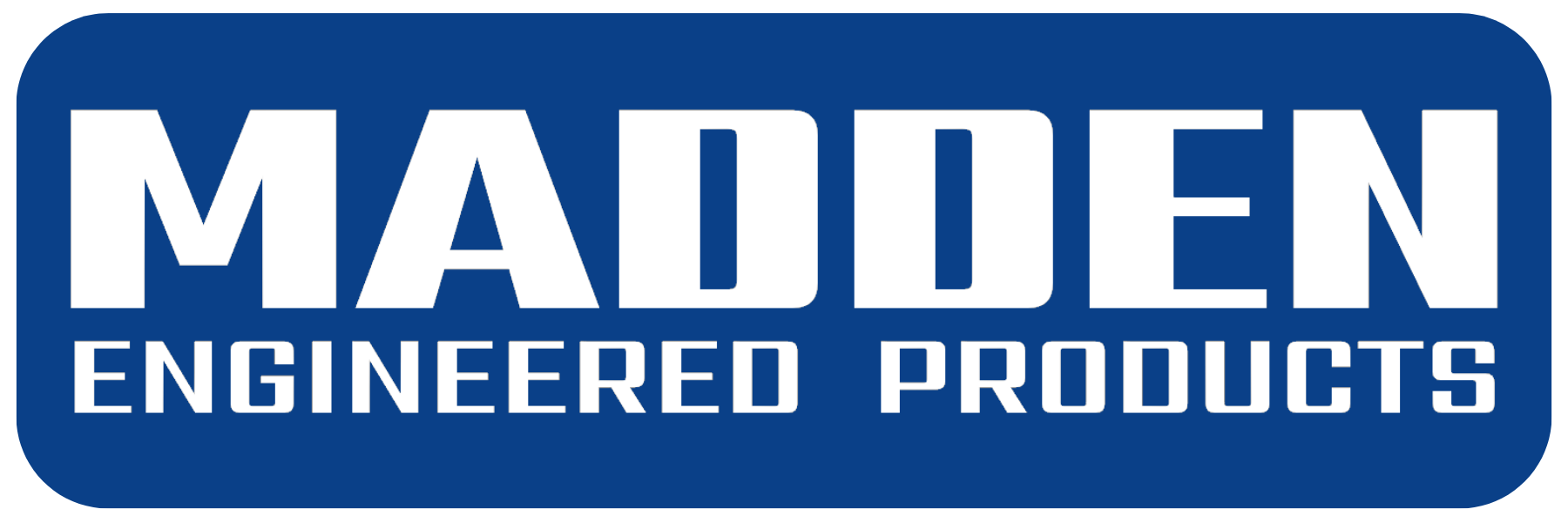

Lattner blowdown separators are engineered to safely and legally handle bottom blowdown water from boilers. Bottom blowdown removes accumulated solids from the boiler’s lower section, helping maintain cleaner water and improving overall system efficiency.
These separators rapidly reduce the temperature of blowdown water using a two-stage process:
Flash Steam Separation: Hot, pressurized water enters the separator and releases flash steam, which is safely vented.
After Cooling: Remaining hot water (212°F) is tempered with cooling water in the after cooler, bringing it down to 140°F or below for safe discharge into the drain.
Designed with durable pressure vessels and properly sized venting, Lattner blowdown separators provide reliable performance and compliance with discharge temperature requirements.
Lattner Boiler Manufacturing has been a trusted name for nearly a century, producing fuel-fired and electric boilers as well as blowdown equipment for a wide range of industrial applications.
Madden sample coolers are compact, high-efficiency heat exchangers designed to lower hot liquid samples to safe, usable temperatures for analysis or for pump seal flush cooling. The counterflow design ensures effective temperature control while protecting instruments and personnel.
Type 1: All connections on threaded top cap, 1/4″ OD tubing, 1/4″ NPT connections.
Type 2: 1/4″ or 3/8″ OD tubing, 1/4″ NPTF sample connections, 3/8″ NPTF cooling water connections on top and bottom plates.
Cooling Capacity: 1.3 sq ft coil area for general sampling; 2.6 sq ft or larger recommended for steam samples.
These units are ideal for cooling grab samples or continuous instrument monitoring applications, providing dependable performance in boiler and process systems.